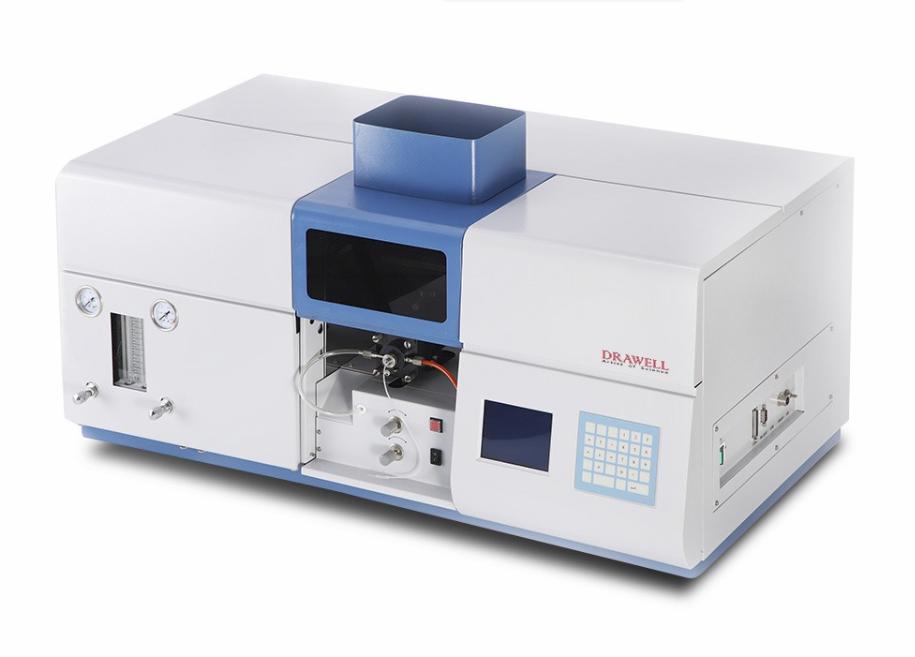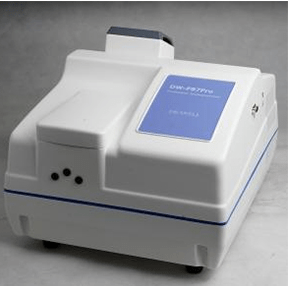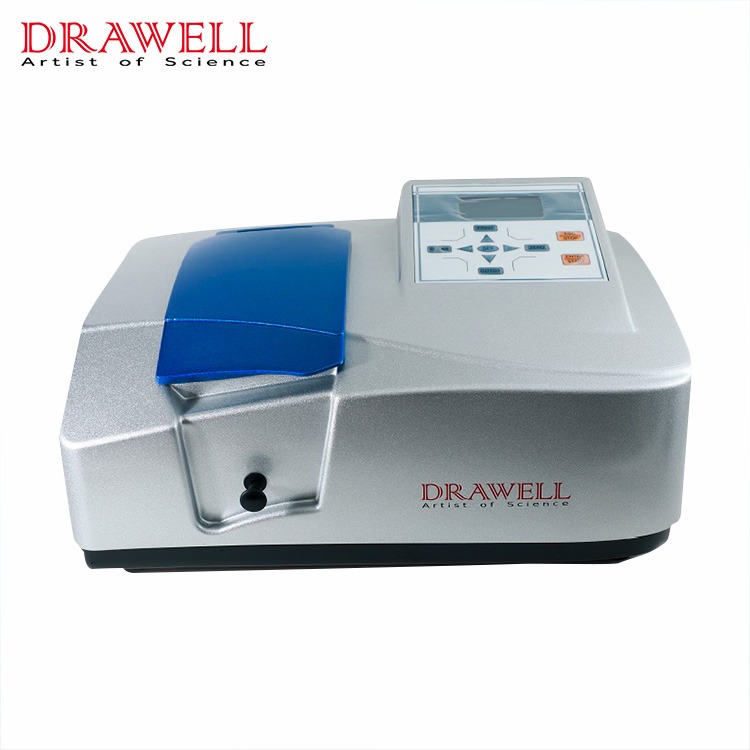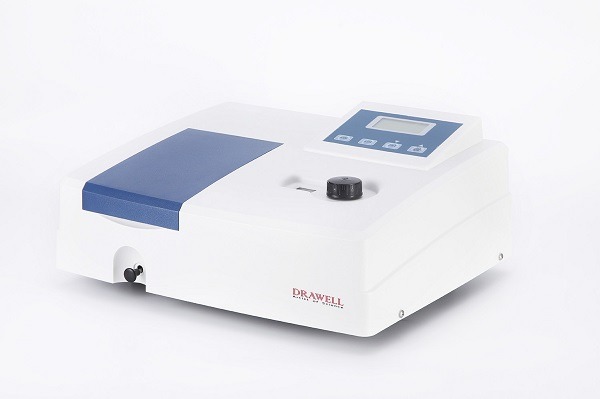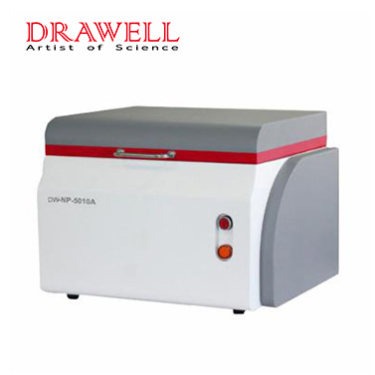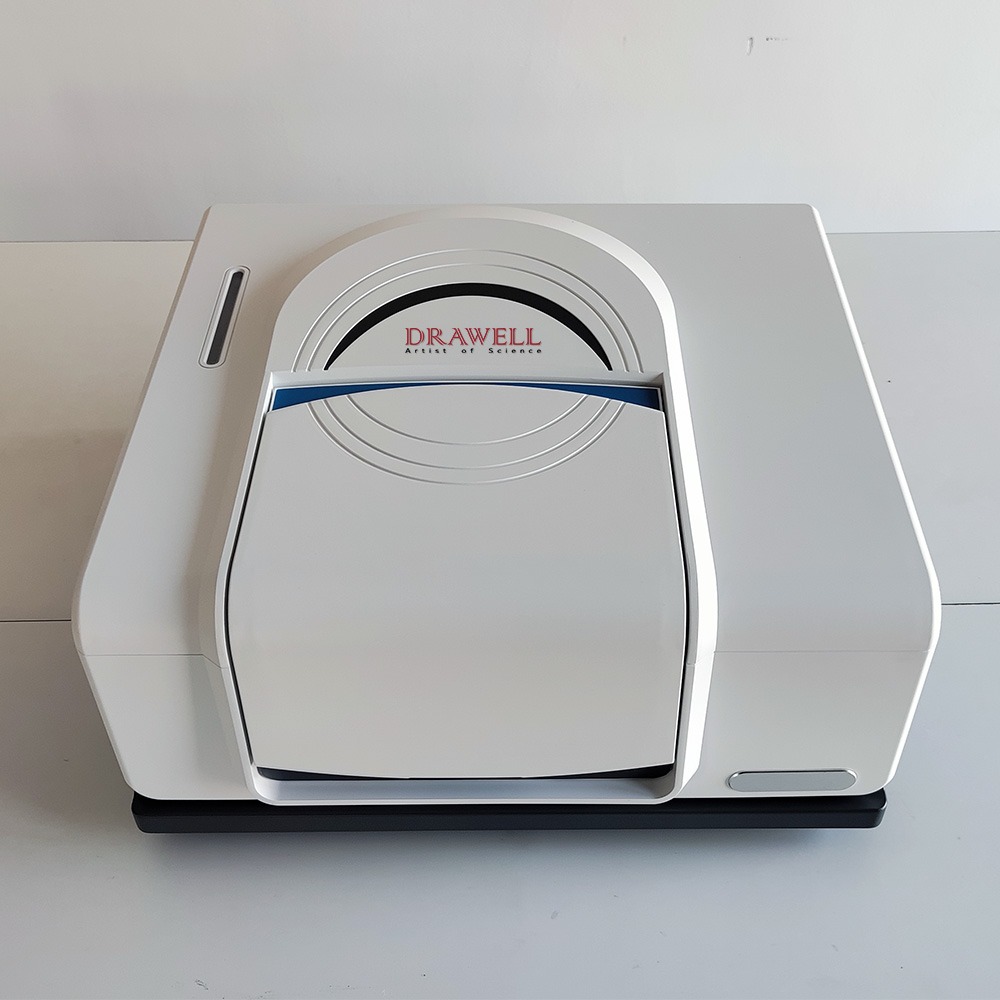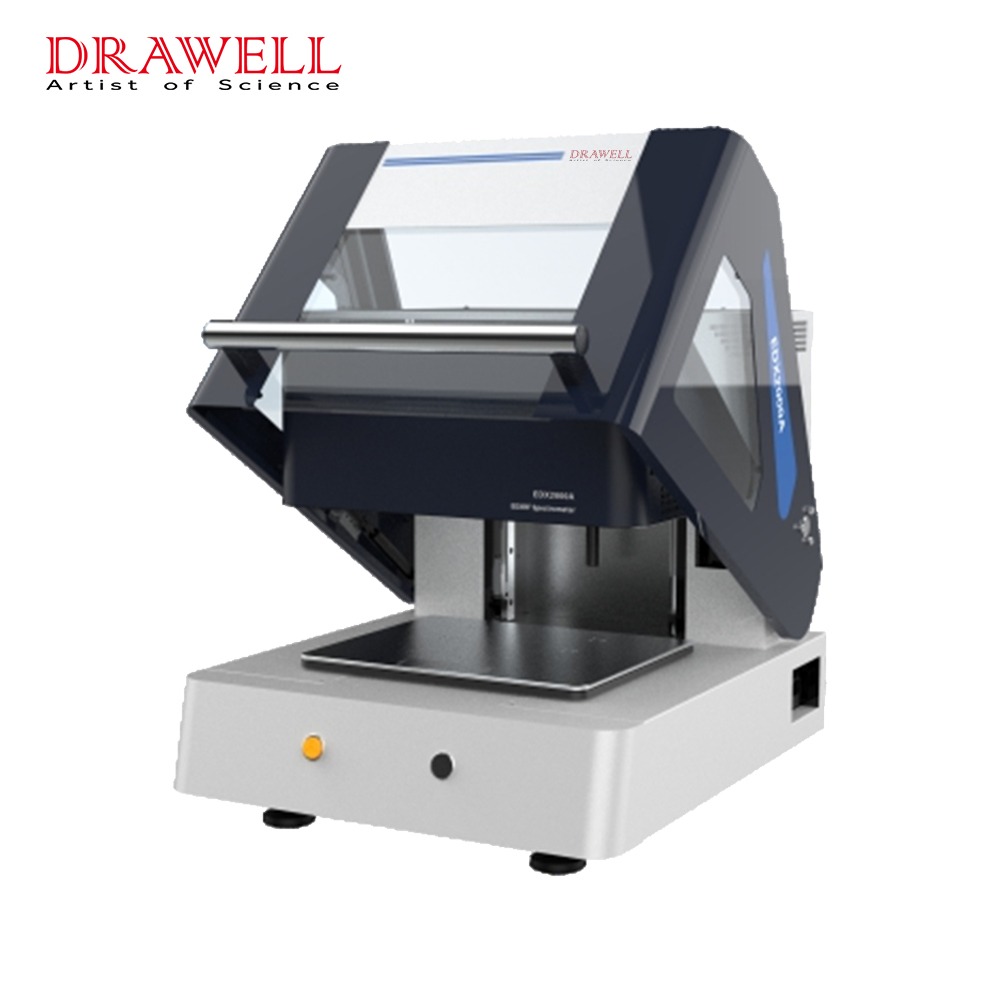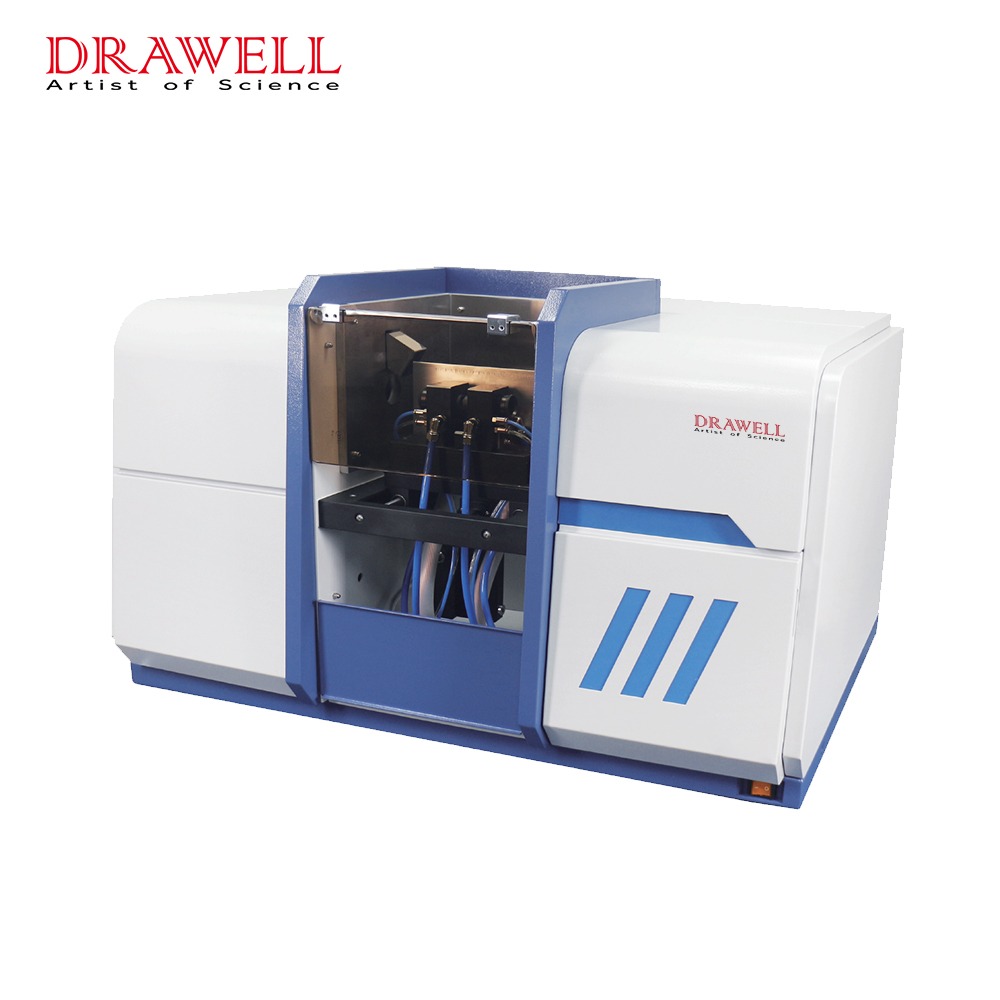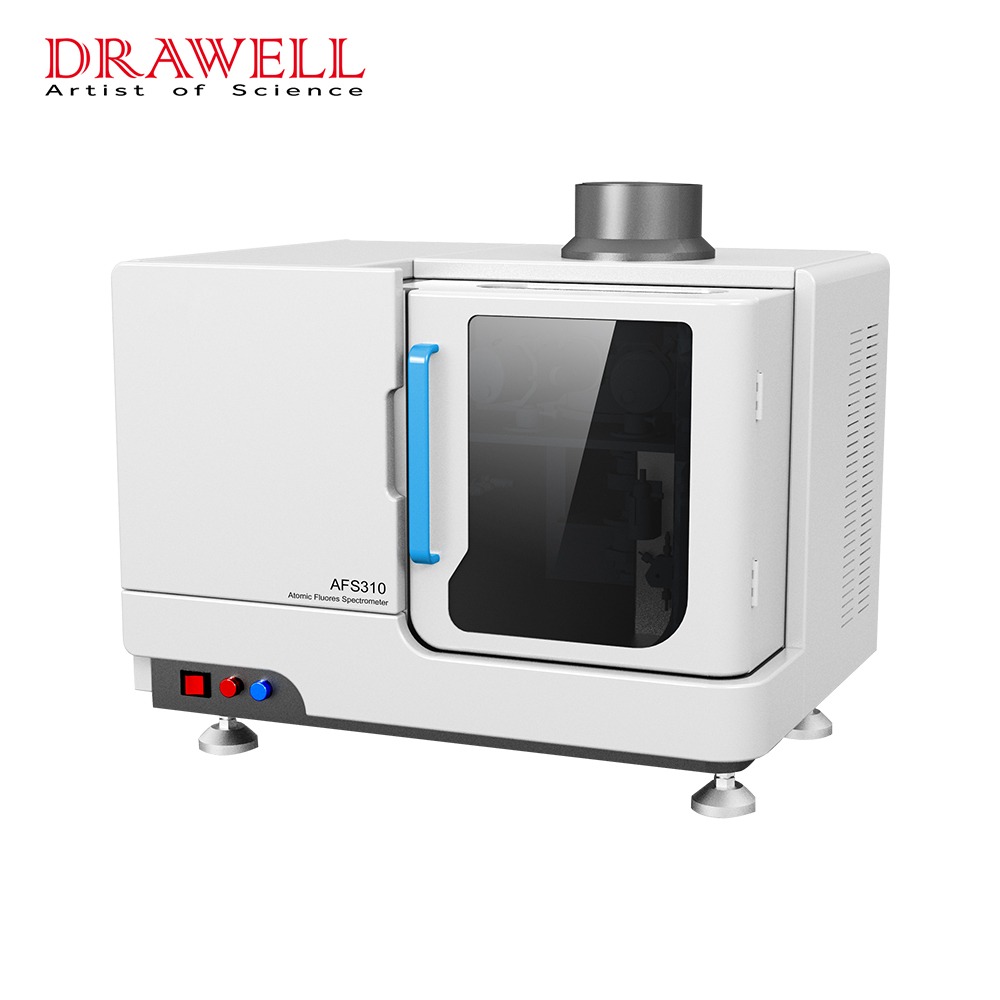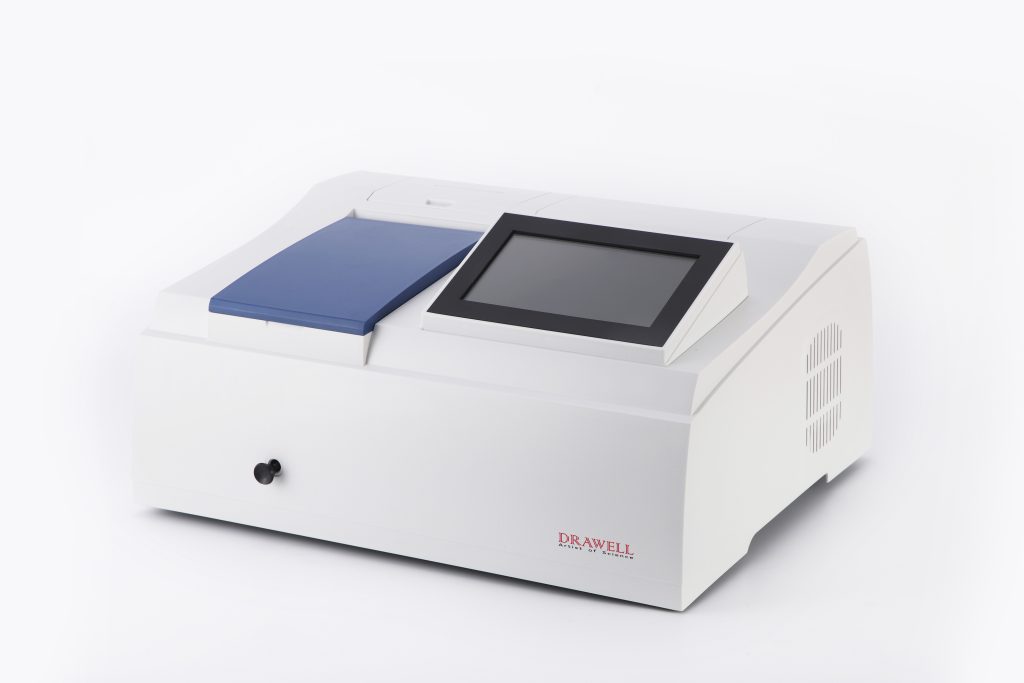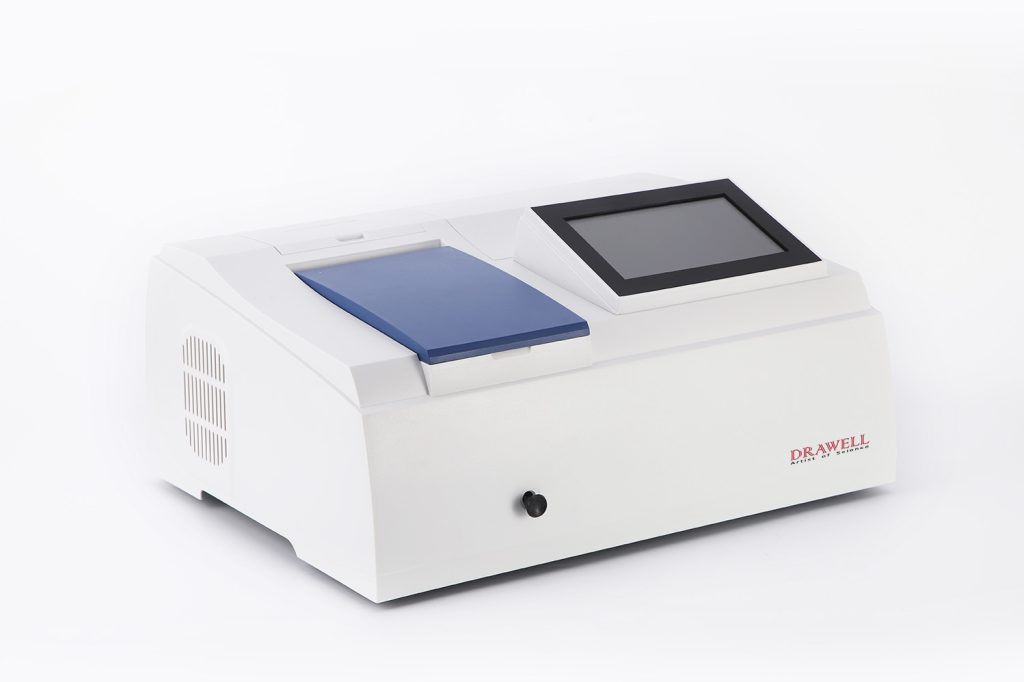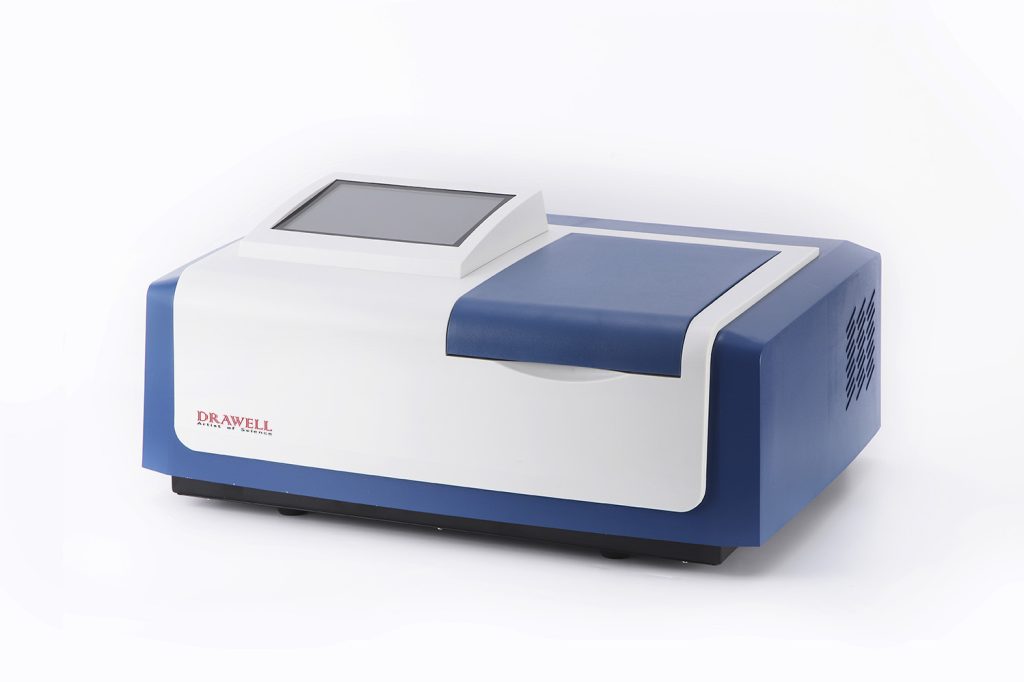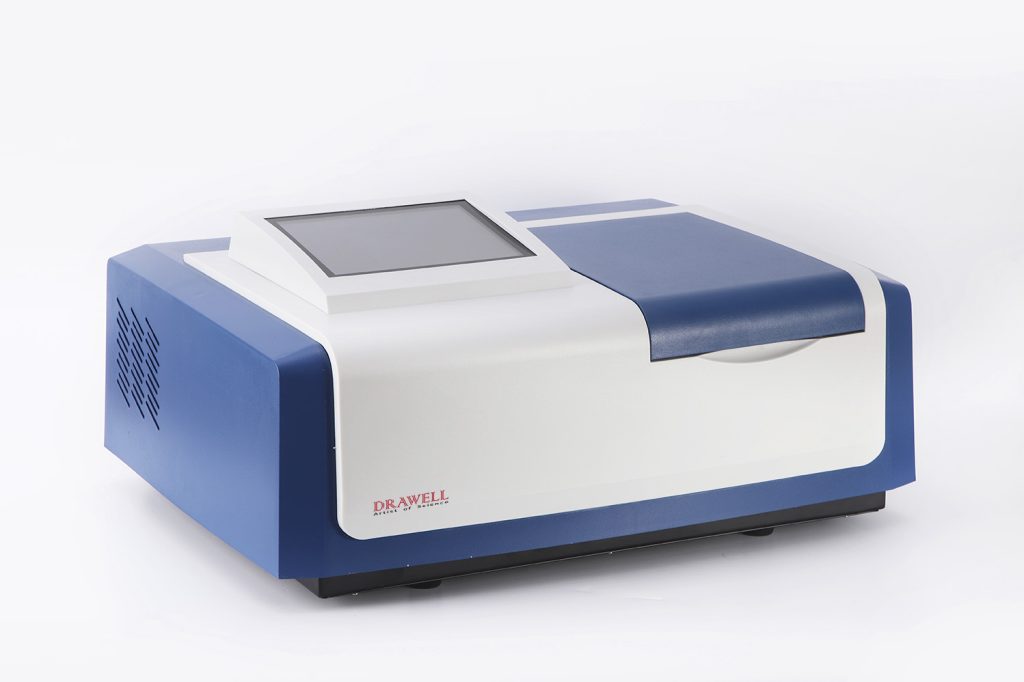A spectrophotometer is an important tool used in scientific studies and many industries to measure the amount of light absorbed or transmitted by a sample at various wavelengths. Spectrophotometry is an analytical technique that measures the concentration and characteristics of a material in a sample precisely and accurately. In this post, we’ll look at what a spectrophotometer measures and the benefits of using it.
What Is a Spectrophotometer?
A light source, a monochromator, a sample holder, a detector, and a display or recorder are all part of a spectrophotometer.
Spectrophotometers are used in a variety of fields, including chemistry, biology, physics, and environmental science, to measure light in the visible, ultraviolet, and near-infrared parts of the electromagnetic spectrum.
Wide Applications of Spectrophotometer Measuring
A spectrophotometer measures the transmittance or absorbance of light by a sample, which is related to the material’s physical and chemical qualities. The equipment measures the amount of light absorbed or transmitted by the sample at each wavelength, revealing the presence and concentration of specific chemicals in the sample.
Spectrometers are used for a variety of purposes, including the examination of biological molecules, dyes, pigments, and other materials that absorb or transmit light in the visible and ultraviolet parts of the electromagnetic spectrum. They are employed in many disciplines, including chemistry, biochemistry, physics, and environmental science.
The measurement of biological molecules such as proteins, nucleic acids, and enzymes is one of the principal uses of spectrophotometry. Spectrophotometers can detect the absorbance of light by these compounds at certain wavelengths, revealing their concentration and purity.
The content of DNA, for example, can be measured using spectrophotometry by measuring the absorbance of light at a wavelength of 260 nm. The absorbance of light at 280 nm can be used to calculate protein content. The absorbance ratio at 260 nm and 280 nm is used to calculate the purity of a DNA or protein sample.
Spectrophotometers are also used to measure pigments, dyes, and other materials that absorb or transmit light in the visible and ultraviolet parts of the electromagnetic spectrum. The amount of light absorbed or transmitted by the sample at each wavelength tells us about the presence and concentration of different chemicals in the sample.
The spectrometer is used in the food industry to measure the concentration of certain substances such as vitamins, amino acids, and minerals in food items. It is used in the pharmaceutical industry to measure the concentration and purity of active components in medications.
Advantages of Using a Spectrophotometer Measuring
- High precision and accuracy
A spectrophotometer measures the concentration and characteristics of chemicals in a sample in a highly exact and accurate manner. The capacity to analyze light at certain wavelengths enables more precise measurement of a sample’s composition.
- Non-destructive method
The spectrophotometer is a non-destructive analytical technique that does not change or harm the sample. Multiple measurements can thus be taken from the same sample without the need for additional samples.
- Quick and efficient
A spectrophotometer measures the qualities of a sample quickly and efficiently. It needs little setup time and can evaluate a large number of samples in a short period of time.
- Versatility
A Spectrophotometer can analyze a wide range of samples by measuring light in the visible, ultraviolet, and near-infrared areas of the electromagnetic spectrum.
Summary
The measuring of a spectrophotometer provides the presence and concentration of specific chemicals in the sample. Spectrophotometry is utilized in a variety of industries, including the analysis of biological molecules, pigments, dyes, and other materials.

